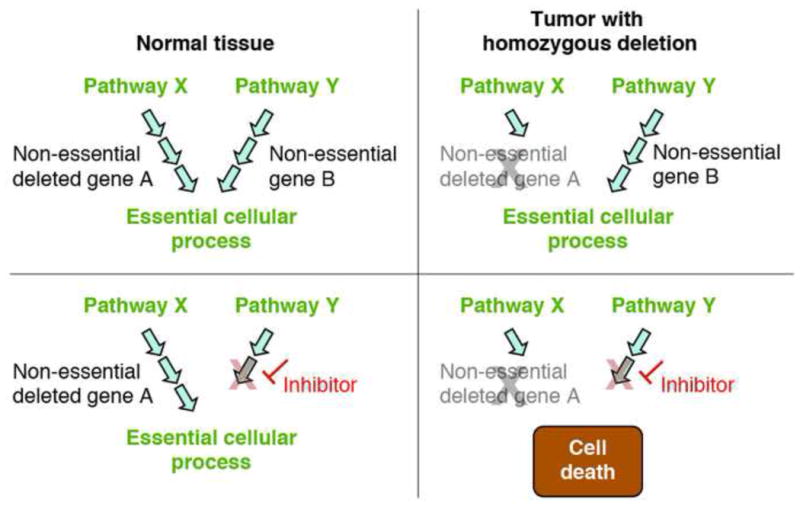Figure 3. Redundant Biochemical Pathways-based collateral lethality.

Two (or greater) biochemical pathways can lead to the same essential cellular process. Passenger homozygous deletions can affect one of those pathways while leaving the other intact, thus having no detrimental effect on cancer cell viability but causing the remaining pathway to become essential. Using selective inhibitors against key enzymes of the non-deleted pathway could lead to tumor specific cell death while leaving normal tissues unharmed. While this concept is yet to be proved experimentally in cancer, it is strongly support by model organism data [59]. An example is the production of ribose-5-phosphate as a backbone for nucleic acid synthesis, which can be obtained from either the oxidative or non-oxidative pathways of the pentose phosphate shunt (see Figure 4). 1p36 deleted tumors often harbor deletions in 6-phosphogluconate dehydrogenase (PGD), which is part of the oxidative pathway. These cancers are expected to be highly sensitive to inhibition of the non-oxidative pathway.
